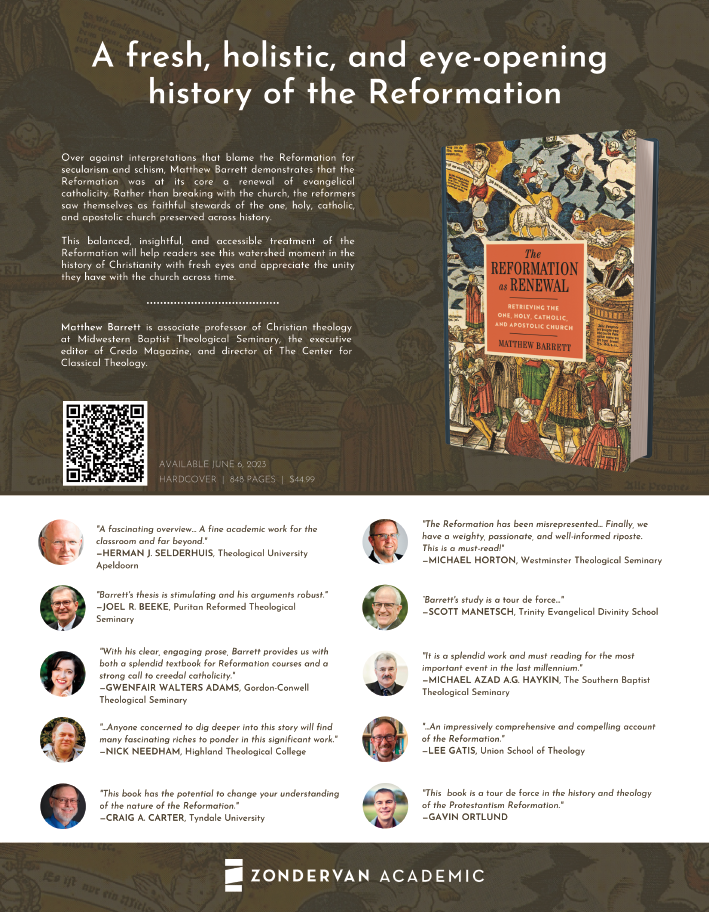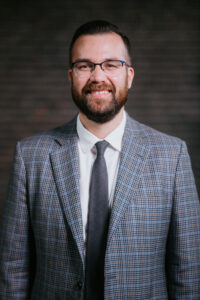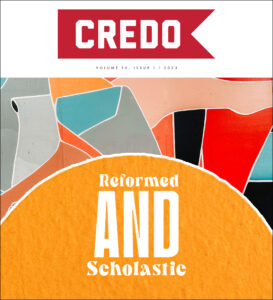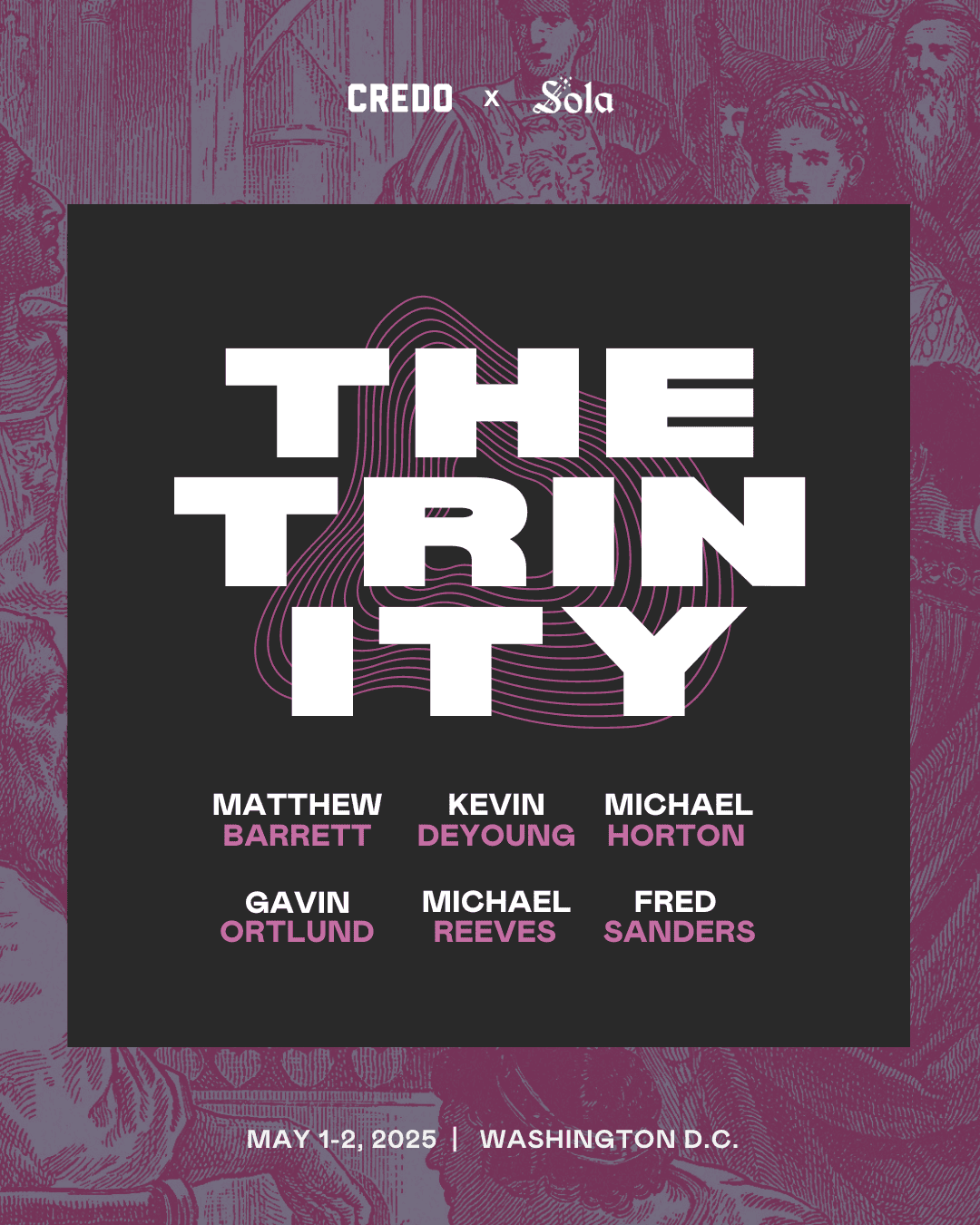I have been teaching on the Reformation for years and I have noticed a troubling trend: most evangelicals approach the Reformation with little to no understanding of the medieval scholastics that preceded the Reformation and the Protestant scholastics that inherited the Reformation. As a result, we misconstrue the Reformation itself. I have written a new book called, The Reformation as Renewal: Retrieving the One, Holy, Catholic, and Apostolic Church with Zondervan Academic. The book is not a treatment of either medieval scholasticism or Protestant scholasticism, but it does situate the Reformation between both movements to demonstrate why the Reformers and their Reformed Scholastic heirs considered themselves true perpetuators of catholicity. The following is an excerpt from my book (footnotes not included), an appetizer before the meal.
have been teaching on the Reformation for years and I have noticed a troubling trend: most evangelicals approach the Reformation with little to no understanding of the medieval scholastics that preceded the Reformation and the Protestant scholastics that inherited the Reformation. As a result, we misconstrue the Reformation itself. I have written a new book called, The Reformation as Renewal: Retrieving the One, Holy, Catholic, and Apostolic Church with Zondervan Academic. The book is not a treatment of either medieval scholasticism or Protestant scholasticism, but it does situate the Reformation between both movements to demonstrate why the Reformers and their Reformed Scholastic heirs considered themselves true perpetuators of catholicity. The following is an excerpt from my book (footnotes not included), an appetizer before the meal.
Out of the richness of the medieval scholastic soil came the Reformation, but that soil proved so rich that heirs of the Reformation also sprouted and blossomed, resulting in the longevity of Protestant Scholasticism from the late sixteenth century into the eighteenth century. Three reasons, says Patrick Donnelly, explain its rise to prominence:
1. Undergraduate education in the sixteenth and early seventeenth century still rested on Aristotle; the Renaissance Aristotelianism of the Protestant academics conditioned the minds of students to a Scholastic type of theolog y.
2. Religious controversies led theologians back to Scholastic thought categories for more ammunition after they had shot off their store of scriptural proof texts.
3. Individual Protestant theologians more and more appropriated Scholastic attitudes, categories, and doctrines as they tried to systematize theology.
Protestant Scholasticism transcended Lutheran and Reformed divides, as both camps retrieved the method of Scholasticism and, to different degrees, its theology as well. For example, Lutherans did not necessarily follow their founding father’s rhetoric, as is plain in Johann George Dorsch, who was convinced that the Lutheran confessions were in alignment with the best features of Thomism. In 1656 he said Thomas was a “confessor of the evangelical truth according to the Augsburg Confession.”
Protestant Scholasticism found a home in the Reformed Church as well. Reformed Scholasticism was defined, in part, by its method. Following the form of the medieval Scholastics, the Reformed Scholastics used the quaestio approach, a style that allowed them to be precise. Three components were incorporated as well: (1) dialectic discourse, (2) systematized structure, and (3) Aristotelian distinctions—although the third mark should not be misconstrued as foundational when it was merely instrumental.
However, form was not the only trademark or concern, but a means to an end. Above all, they desired a Reformed faith that was marked by catholicity. The broader label of Reformed Orthodoxy can be used to capture the content their method produced. Nevertheless, Reformed Scholasticism as a label is not identical with Reformed Orthodoxy. Yet when the Reformed Orthodox did choose to utilize the scholastic method, says Ryan McGraw, the “primary goal in doing so was to develop a method of teaching confessional Reformed theology that was suitable to theological schools.”
With the deaths of second-generation Reformed theologians such as John Calvin and Peter Martyr Vermigli, Reformed Orthodoxy was born and may be divided into three eras:
1. Early Orthodoxy: ca. 1565–1640
Theologians: Theodore Beza, Franciscus Junius, Zacharias Ursinus, Caspar Olevianus, Jerome Zanchi, Lambert Daneau, William Perkins, Amandus Polanus, Franciscus Gomarus, John Davenant, William Ames, etc.
Confessions and Catechisms: e.g., Scots, Belgic, Second Helvetic, Heidelberg
Synods: Synod of Dort, etc.
2. High Orthodoxy: ca. 1640–1725
Theologians: Johannes Cocceius, Gisbertus Voetius, Francis Turretin, Edward Leigh, John Owen, Stephen Charnock, Wilhelmus á Brakel, Peter van Mastricht, Herman Witsius, Thomas Boston, etc
Confessions: Westminster Confession of Faith, Savoy Declaration, Formula Consensus Helvetica, London Baptist Confession, etc.
Late Orthodoxy: ca.1725–1790
Theologians: Johann Stapfer, Herman Venema, John Gill, etc.
Out of these three eras, High Orthodoxy represented a most mature retrieval of medieval Scholasticism to defend the Reformed faith against external and internal threats. Reformed Scholastics did participate in ongoing polemics with Lutherans (over the Lord’s Supper and the Christological controversy of the communicatio idiomatum for example), but they also engaged a wide variety of old and new challenges with (1) Roman Catholicism, (2) anti-Trinitarianism (Italy, Poland), (3) Socinianism, (4) Arminianism, and (5) Deism.

A past generation of historians tried to cast the post-Reformation Reformers as if they departed from their sixteenth-century forefathers—otherwise known as the Calvin versus the Calvinist thesis (e.g., Basil Hall, R. T. Kendall, Brian Armstrong, Rogers and McKim). However, many historians have demonstrated the futility of that interpretive grid. One should not assume, for example, that the Reformers were biblical, while their children turned rationalists. Nor should one believe the caricature that the Reformed Scholastics posed a central dogma (e.g., predestination) only to deduce an entire system rationally. Rather, the children of the Reformation faced a new context in which the building blocks of the previous century now required assembly so that Reformed churches could rely on an entire system of theology to give proof of their continuity with patristic and medieval orthodoxy. “The selectivity of the Reformation in its polemic had to be transcended in the direction of a reformed catholicity,” observes Richard Muller. The Reformers were no doubt indispensable to the genesis of Reformation theology, but their heirs were “responsible for the final form of such doctrinal issues,” and the Scholastic method proved instrumental to that task. As Richard Muller says,
Where the Reformers painted with a broad brush, their orthodox and scholastic successors strove to fill in the details of that picture. Whereas the Reformers were intent upon distancing themselves and their theology from problematic elements in medieval thought and, at the same time, remaining catholic in the broadest sense of that term, the Protestant orthodox were intent upon establishing systematically the normative, catholic character of institutionalized Protestantism, at times through the explicit use of those elements in patristic and medieval theology not at odds with the teachings of the Reformation.
Reason was important to that task, yet reason was not foundational but merely instrumental, a faith seeking understanding, not vice versa; Scripture remained the cognitive foundation (principium cognoscendi), which explains why their dogmatics presupposed rigorous exegesis. Yet dogmatics was their ambi- tion since their Reformation predecessors did not usually write comprehensive systems of Reformed belief. Calvin’s Institutes, explains Muller, was “no more than a basic instruction in the doctrines of Scripture and not a full system of theology written with the precision and detail of the systems of Calvin’s own Roman Catholic opponents.” However, by the end of the sixteenth century full systems were born with the rise of Reformed Scholasticism. Likewise, whereas Reformation confessions sometimes limited themselves to doctrines under polemical pressure, later Reformed confessions establish a more extensive landscape of Reformed theology.
Reformed Scholastics wielded Aristotle and Thomas Aquinas alike to refute their opponents and to codify their Reformed catholicity. To qualify, their retrieval of the Thomistic stream of medieval Scholasticism was not mere duplication but critical appropriation—an adoption of a “modified Thomism” evident in early figures like Vermigli and Zanchi.
Furthermore, Thomism was not the only influence; they utilized aspects of other preceding streams, such as Renaissance humanism as well. Nevertheless, a modified Thomism presented them with a metaphysic and epistemology that could further support and clarify the Reformed religion. They were not compromising the program of the early Reformers but bringing that program to maturity, even codification by answering new challenges.
For example, John Patrick Donnelly has demonstrated the many ways Reformed Scholastics appealed to Aristotelian and Thomistic metaphysics to refute Rome. For example, Peter Martyr Vermigli used Thomism to counter Stephen Gardiner on the subject of transubstantiation.360 Girolamo Zanchi did the same to refute Domingo de Soto (1494–1560) and the Council of Trent on subjects like nature and grace, free will and original sin. In other words, even as early as the sixteenth century, they believed they could arrive at a purer Thomism by virtue of their evangelical commitments, not in spite of them, as is plain in their ironic use of Thomism against their Roman Catholic counterparts.
Yet critical appropriation of Thomism was not limited to polemics but defined the construction of their dogmatics as well. For instance, Reformed Scholastics from Patrick Gillespie to Francis Turretin to John Owen retrieved medieval Scholasticism’s Trinitarianism. However, they did so in a way that was advantageous for Reformed covenant theology. They presupposed and some- times outright retrieved the Thomistic articulation of inseparable operations and Trinitarian appropriations but for the sake of articulating the covenant of redemption, the covenant of works, and the covenant of grace. To be accurate, it may be best to speak of a Trinitarian covenant theology to emphasize the way Reformed Scholasticism used its continuity with Nicaea and medieval Scholastic Trinitarianism to further its soteriology.
Historians like Donnelly even use a label like “Calvinist Thomism” to describe these eras because in “most of this vast area of theology there was no sharp conflict between Thomism and Calvinist orthodoxy.” That continuity is axiomatic within Puritanism as well. While not all Puritans were Reformed Scholastics, notable Reformed Scholastics were Puritans, such as John Owen (1616–1683). His creative and regular retrieval of Thomas has surfaced with the recent revival of Owen studies. That appropriation should not be surprising. As a student Owen was taught by Thomas Barlow and John Prideaux, both of whom required Owen to read a wide range of medieval scholastics. Although Owen was critical of medieval Scholasticism for a short time, over the course of his career he appreciated medieval Scholasticism and found it advantageous for polemics in his own day.
Out of the many Scholastics Owen studied, Thomas proved a special ally. Owen quoted Thomas, but his retrieval of Thomas was far more intrinsic to his exegesis, theology, and philosophy, as seen in his use of Thomistic concepts, principles, and logic. In Thomism in John Owen Christopher Cleveland gives three examples.
First, the doctrine of God. Owen appealed to Thomas’s description of God as pure act (actus purus) to defend divine simplicity against Arminians and Socinians in his day who threw it into question with a divine will they insisted could be thwarted.
Second, consider Christology. Owen explicitly sided with Thomas over against Peter Lombard and rejects the belief that the human nature of Christ is an accident merely added to the divine nature, which cannot explain the hypostatic union. Following Thomas, Owen instead argued that the Son of God assumed a human nature to his person.
Third, consider sanctification. Owen disagreed with Thomas who said justification is defined by infused habits of grace (as opposed to imputation). However, that disagreement did not move Owen to reject the concept of infused habits altogether. Owen discovered that Thomas had merely placed infused habits in the wrong doctrinal domain. So Owen moved the concept of infused habits out of justification to explain the new principle of grace in regeneration and its continual renewal of the believer in sanctification.
In summary, Carl Trueman may be referring to John Owen, but his observation could be applied to many other Reformed Scholastics in the sixteenth and seventeenth centuries: John Owen “drew deeply upon the medieval metaphysical tradition, with a particular liking for the thought of Thomas Aquinas.” With John Owen Thomism was refined.
The Reformed Scholastics revealed their Thomistic influence by their philosophical commitments as well, a point to revisit in the next chapter. Etienne Gilson was correct to hold the nominalism of the via moderna responsible for the dichotomy between faith and reason. However, certain Roman Catholics who followed Gilson went further and blamed the Reformers and their Protestant Scholastic heirs for carrying that nominalism into modernity. As mentioned in chapter 1, historians and theologians since have assumed the same. However, the assumption is a faulty one since the majority of Reformed Scholastics during the era of High Orthodoxy were transparent in their criticisms of Scotus (e.g., univocity of being, voluntarism, contingent divine knowledge) and Ockham (e.g., nominalism), finding refuge in the realism of the Augustinian and Thomist traditions instead. As Richard Muller has said, the Reformed Orthodox were decisively “Not Scotist.” As for Ockham, as the Reformed Orthodox retrieved Thomism the majority sided with the realism of the via antiqua over against the nominalism of the via moderna. Peter Martyr Vermigli, for example, “refers to twenty medieval Scholastic authors, particularly Peter Lombard and Aquinas,” observes Donnelly. But he “never cites with approval a nominalist work.”
As Peter Martyr Vermigli embodied a Thomistic retrieval in his church (Lucca) many, including John Diodati, Benedict Turrettini, and Francis Turrettini, traveled to Geneva where they modeled the same. The library at the Geneva academy was filled with works in Thomism, though the same could not be said about nominalism.
In summary, however much first-generation Reformers may have been tinged by sporadic influences of nominalism (itself a contested claim), the late sixteenth century and seventeenth century Reformed Scholastics were far more at home in the realism of Christian Platonism that spanned the Great Tradition, particularly the Aristotelian and Thomistic variety. John Owen is a case in point, a committed realist in the tradition of Thomism.376
Preserving the continuity between the Protestant Scholastics and (1) the Reformation and (2) the medieval Scholastics is no mere historical quibble but a historical paradigm that properly connects the Protestant identity to its ancient past. Put negatively, to sever Protestant Scholasticism from its Reformation and medieval heirs is to lock Protestantism out from the premodern world, thereby eliminating its own claims to catholicity.


